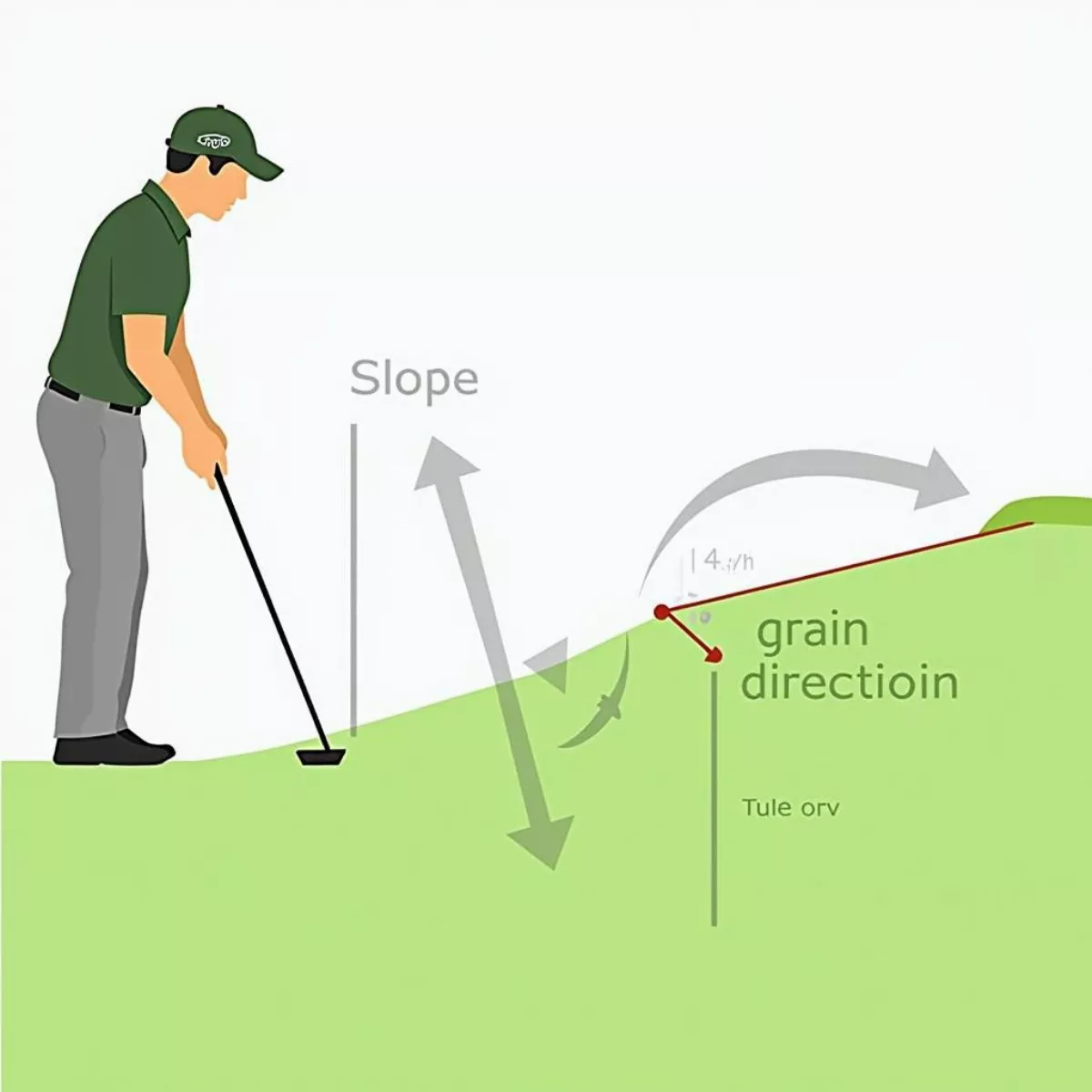Putting is often regarded as the most crucial part of the game of golf. Mastering your putter can significantly lower your scores and enhance your enjoyment on the course. Whether you’re a seasoned golfer or a beginner, improving your putting skills can work wonders for your overall game. In this article, we’ll delve into strategies that can transform you into a better putter.
Understanding the Basics of Putting
Before we jump into techniques and drills, let’s cover the fundamentals of putting.
Key Concepts:
- Alignment: The way you position your body and club in relation to your target.
- Stance: The way you stand: width, posture, and balance.
- Grip: How you hold the putter, which affects control and feel.
- Stroke: The motion you create to hit the ball.
Should You Use Various Putting Styles?
Different players find success using different putting styles. Here are a few popular types:
- Conventional Grip: A neutral grip with hands parallel to each other on the club.
- Cross-Handed Grip: Left hand below the right for right-handed players. Helps with control.
- Claw Grip: The fingers of one hand are positioned like a claw to minimize wrist movement.
Choosing the right style is essential for your comfort and effectiveness. Experiment to see which method produces the best results for you.
Key Techniques for Improving Your Putting
1. Develop a Consistent Routine
Having a consistent pre-putt routine helps calm your nerves and builds muscle memory. Here are key steps:
- Visualize the Putt: Imagine the ball’s path to the hole.
- Align Your Body: Ensure your feet, hips, and shoulders are square to the target line.
- Take Your Stance: Position your feet shoulder-width apart.
2. Work on Your Grip
A good grip allows for better control. Make sure it’s neither too tight nor too loose.
- Tip: Hold the putter light enough to feel your fingers on the grip, allowing for a smoother stroke.
3. Focus on Alignment
Eye alignment is crucial. Your eyes should be directly over the ball during stance, helping you see the aim line better.
4. Practice Distance Control
Controlling how far you hit the ball can often be more vital than the aim. Here’s how to improve:
- Distance Drill: Use ten balls and place them at various lengths (e.g., 5, 10, and 20 feet). Try to make each one.
5. Learn to Read Greens
Reading greens can drastically improve your putting effectiveness. Look for:
- Slope: Observe the tilt of the green.
- Grain: Grass can sometimes affect the ball’s speed; going against the grain makes it slower.
 Analyzing Golf Green
Analyzing Golf Green
6. Incorporate Drills into Practice
Repetition is key for improving any skill. Here are a few effective drills:
| Drill Name | Description |
|---|---|
| Gate Drill | Place two tees just wider than your putter to ensure a straight stroke. |
| Ladder Drill | Set up a series of balls at increasing distances from the hole to work on distance control. |
| One-Handed Drill | Practice putting with one hand to improve feel and stability. |
Mental Aspects of Putting
Golf is as much a mental game as it is physical. Here are tips on psychology in putting:
- Stay Positive: Focus on the process, not just the outcome.
- Accept Mistakes: Understand that bad puts happen; learn from them.
Gear: The Right Putter Can Make a Difference
Choosing the right putter can significantly enhance your performance. Here are some things to keep in mind when selecting a putter:
- Putter Type: Blade, mallet, or high-MOA putters—each has its benefits.
- Balance: Choose between face-balanced or toe-weighted, depending on your stroke style.
- Length: Ensure your putter is the right length for your height and stance.
Consider trying before buying, as your comfort level with your putter can greatly affect your performance.
 Types of Golf Putters
Types of Golf Putters
Building a Putting Practice Schedule
Consistency in practice is essential. Here’s how you can structure your practice sessions:
Weekly Routine:
- Day 1: Focus on short putts (inside 5 feet)
- Day 2: Work on mid-range putts (5-15 feet)
- Day 3: Distance control drills (20+ feet)
- Day 4: Dedicated course practice (real greens)
- Day 5: Rest and review your techniques
Bonus Tip: Keep a journal of your practice sessions to identify patterns and areas for improvement.
Key Takeaways
- Develop a routine to cultivate muscle memory.
- Work on grip and alignment to enhance consistency.
- Practice distance control through various drills.
- Learn to read greens, considering slope and grain.
- Choose the right putter that suits your style.
- Stay mentally strong—focus on progress, not perfection.
FAQ Section
1. How often should I practice my putting?
Aim for at least two to three practice sessions per week, focusing on different aspects each time.
2. What is the best putting grip?
The best grip varies per individual. Try conventional, cross-handed, and claw grip to see which feels most comfortable.
3. How can I improve my green reading skills?
Study the green’s slope and grain. Use a practice hole to experiment with different reads.
4. Should I focus more on speed or direction in putting?
Both are important, but speed control often leads to better direction outcome.
5. What kind of putter should I use?
Experiment with different types of putters—blade, mallet, and high-MOA—to find one that feels comfortable.
6. How can I manage my nerves while putting?
Establish a solid pre-putt routine to help you concentrate and block out distractions.
7. How important is practice on actual greens?
Practicing on actual greens is crucial since it mimics real-game conditions better than a flat surface.
8. Can putting drills be done indoors?
Absolutely! Use a putting mat to work on your strokes year-round, regardless of weather.
9. How do I choose the right putter length?
A general rule is that the putter should stand at waist height when you’re in a comfortable stance. It’s worthwhile consulting with a professional for a fitting.
10. What should I focus on when I miss a putt?
Review your alignment, grip, and stroke. Mistakes are opportunities to learn. Maintain a positive mindset!
By incorporating these techniques and principles into your golf game, your putting will surely improve, leading to lower scores and a more enjoyable time on the course. Happy putting!

